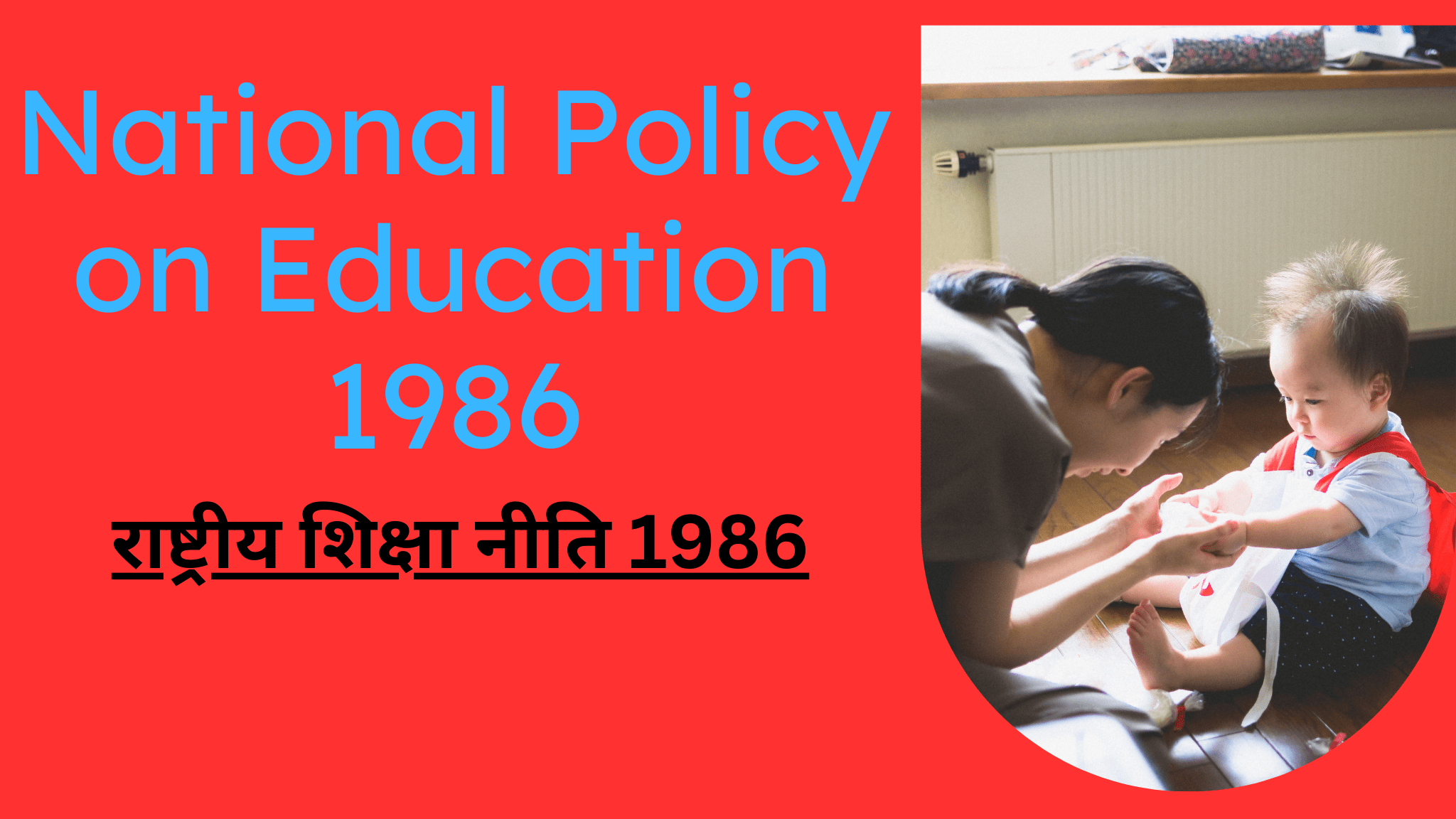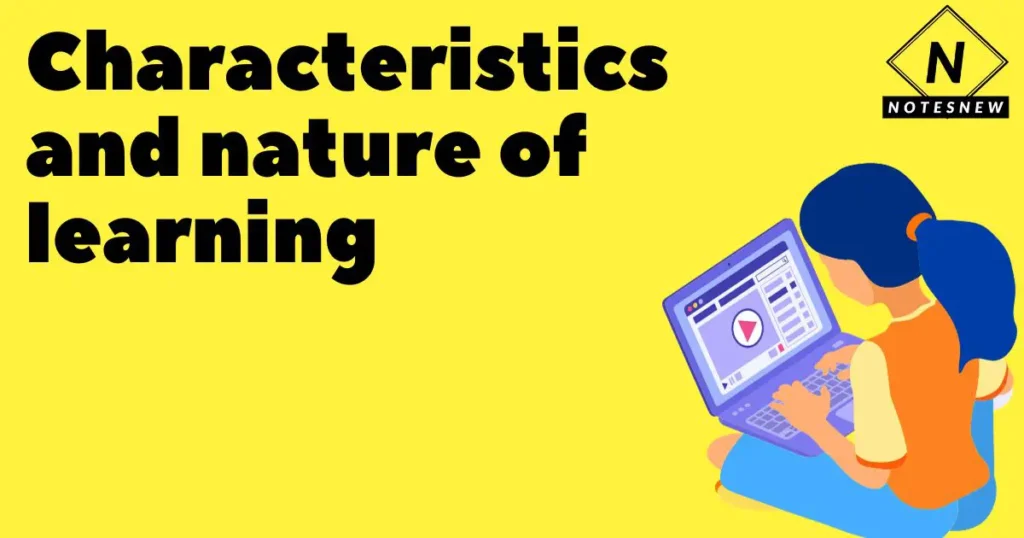Introduction
National Policy on Education 1986 :- National Policy on Education 1986 is part of The Kothari Commission, which ran from 1964 to 1966, made recommendations on a number of topics, including the 10+2+3 educational framework, the three-language rule, the importance of science and mathematics, etc. But in 1977, as soon as the Janata Party administration took office, it suggested that the educational system be structured as 8+4+3 rather than 10+2+3. But in 1980, when the Congress retook control of the government, the National Policy on Education 1986 was given top priority.
A report detailing the advancement of Indian education from 1951 to 1983 was released in 1983 under the title Challenge of Education: A Policy Perspective. Numerous recommendations for enhancing education came from various provinces, and the federal government developed a new education strategy known as the National Education Policy in 1986 as a result of these recommendations. This is the first national education policy in India that includes a detailed implementation plan in addition to the National Policy on Education 1986.
National Policy on Education 1986| NEP 1986

The National Education Policy document from 1986 is broken into 12 components, each of which is briefly described below:
1. Essence and Role of Education –
In this, 90% of the population in rural regions, the availability of basic education, the 10+2+3 standard educational framework, advancements in higher education, challenges to democracy, issues with unemployment and population, etc. have all been discussed through connecting education with life.
2. National Education System –
It takes into account a standard educational framework for national education. That is, up to a certain point, to offer all pupils an education of an equal calibre without any caste, creed, geographic location, or gender discrimination.
3. Education for Equality –
By focusing on the unique needs of those who are denied equal chances, this education strategy will aim to eliminate educational disparities and provide equal possibilities. To fundamentally alter the position of women, special emphasis was also dedicated to female literacy.
4. Reorganization of national policy on education 1986 at Different Levels –
(i) Early Childhood Care and Teaching –
Under this, nutrition, health, and the social, mental, physical, moral, and emotional development of children received particular focus. Plans will be made in this to avoid using formal ways to educate the kids.
(ii) Elementary Education –
The focus of this education strategy will be on public enrollment, regular education for children up to the age of 14, and a marked improvement in educational quality. In primary schools, the “Operation Black Board” campaign will be implemented. In non-formal education facilities, new technologies will be deployed to enhance the learning environment.
(iii) Secondary Education –
A specific kind of “pace setting school” or “pace setting school” will be built in various locations thanks to this educational strategy so that the gifted kids can advance more quickly. ‘Navodaya Vidyalayas’ will also be developed in various locations along similar lines.
5. Higher Education –
Emphasis has been placed on the open university and online learning systems to give admission to students through entrance exams and to provide equitable educational possibilities. Except for specialised technical services like medical, engineering, law, and other sectors where academic qualification is required, there will be no longer be a demand for degrees for general services. It was also cited as helping to build rural universities.
6. Technical and Management Education –
The approval of state technical education boards and the All India Council for Technical Education (AICTE) for technical and managerial education was discussed in the new National Education Policy.
7. Redesigning the educational content and process-
(i) to involve culturally relevant material.
(ii) Facts that improve teaching and learning are included.
8. Teacher and Teacher Education-
(i) The founding of the District Institute of Education and Training (DIET) for the teacher preparation of educators.
(ii) To improve the effectiveness of NCERT teacher training programmes.
9. Management of Education –
(i) The Central Advisory Board of Education’s decision about the national level of educational planning and management. At the district and local levels, the District Education Board will be established.
In conclusion
The first national education policy of India’s kind, the National Education Policy of 1986, had a detailed implementation plan in addition to the policy itself. This strategy embraced a 10+2+3 educational level and placed a focus on uniform education while addressing the issue of language imbalance. The plan for the growth of education from the primary level through higher education and technical education was made plain in this.
इन्हें भी देखें
-
- CTET CDP Question Paper 4th February 2023
- CTET 7th February CDP Question Paper 2023
- CTET 6th February 2023 Question Paper HINDI
- CTET Previous year Question Paper 17 january 2022 CDP Question
- पियाजे के संज्ञानात्मक विकास का सिद्धांत
- Theory of Transfer Of Learning
- विशिष्ट शिक्षा से आप क्या समझते हैं ? इसके विशेषताओं तथा उद्देश्यों
- प्रक्रियात्मक अधिगम – Procedural Learning
- Types of Knowledge | ज्ञान के प्रकार

